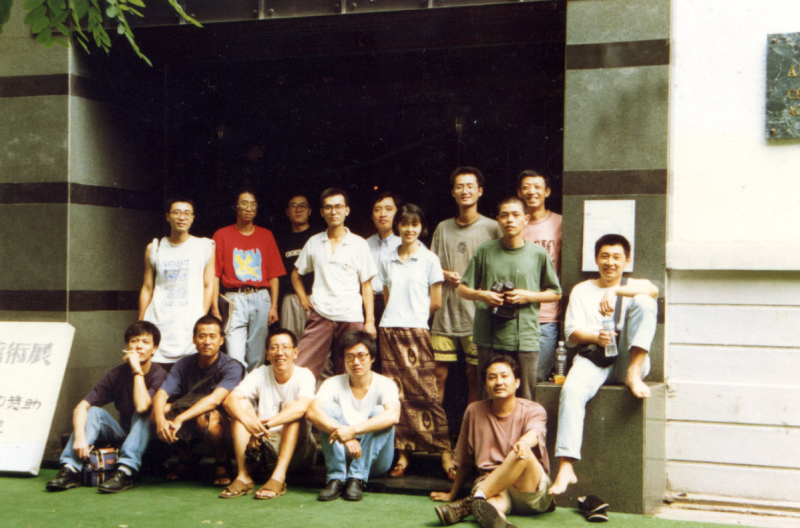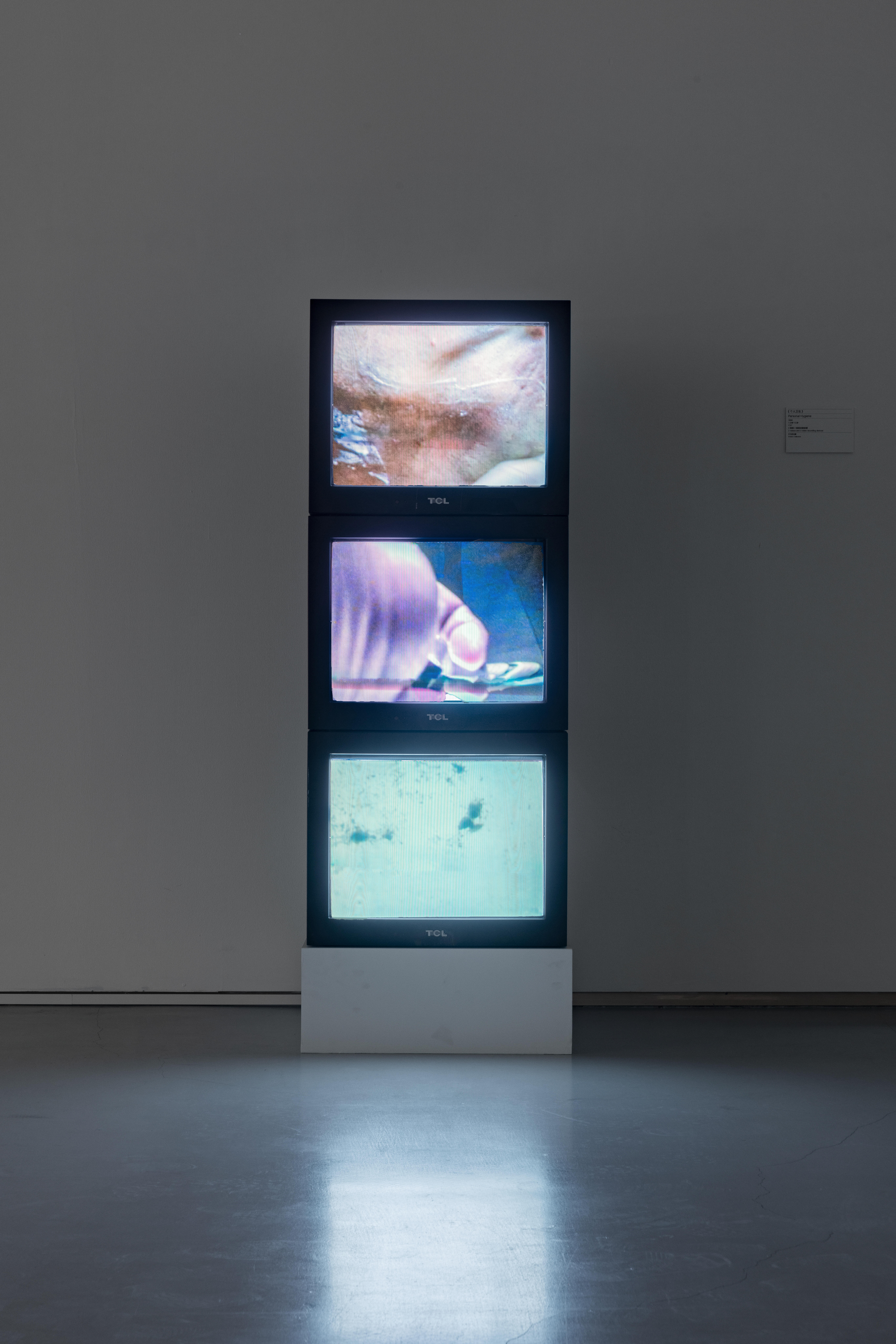2024.10.25
Body, Identity, and Personal Experience: The 1990s and Today
- Time2024.10.25 3:00PM
- Venue2F, Taikang Art Museum, Matrix - Space for All
- GuestsZhang Peili, Wang Gongxin, Yang Zhenzhong, Jiang Zhuyun, Tang Xin
- ModeratorHu Hao
- Tags:

From September 14 to 19, 1996, Qiu Zhijie and Wu Meichun curated a group exhibition titled “Phenomena · Images” at the gallery of the Hangzhou China Academy of Art. The exhibition was participated in by fifteen artists, including Zhang Peili, Wang Gongxin, and Yang Zhenzhong. “Phenomena · Images” is widely regarded as the first thematic exhibition of video art in China, profoundly influencing the development of video art in the country.
The themes of body, identity, and personal experience were woven throughout the works displayed by the three artists, prompting us to wonder about the source of this “tacit understanding.” Is it the curator’s deliberate selection, an unspoken bond of friendship and competition among the artists, or is it a result of the evolving medium (the rise of video art in China) in the context of societal change?
In the preface to The Research of Chinese Culture in the 1990s, Dai Jinhua points out that “In the 1990s, especially after 1993, the rapid expansion and flourishing of ‘popular’ culture, as well as its profound invasion and impact on everyday social life, have made it impossible for us to maintain a respectful silence about it.” The television gradually became a part of ‘ordinary household settings,’ and television programs ‘continuously expanded their territory in terms of spatial dimensions and realms of authority.” Unable to remain silent under the “spirit of the times” regarding television in the 1990s, Zhang Peili, Wang Gongxin, and Yang Zhenzhong chose to express themselves.
Nearly thirty years later, today’s video/film artists no longer face the significant material constraints as their peers did in the 1980s and 1990s. Back then, many couldn’t afford video cameras and supplies, and without “external support,” editing was impossible. To save costs, they often had to rely on back-door deals or the mutual assistance of friends to complete their shoots. For instance, Zhang Peili once had to ask a friend to connect with CCTV to resolve production issues, and Yang Zhenzhong even acted in Zhang Peili’s works. Meanwhile, the cultural and artistic landscape in Chinese society has undergone a dramatic transformation, making the 1990s a true chapter in history.
In this roundtable discussion, the Taikang Art Museum has invited Zhang Peili, along with his long-time artistic companions from the 1980s and 1990s, Wang Gongxin and Yang Zhenzhong, as well as his student and fellow artist Jiang Zhuyun and curator Tang Xin of the “Zhang Peili 2011.4.27-Permanent” exhibition. They will explore how we should understand the similarities and differences between the two eras within the artistic context. How can we reassess the video art of the 1990s? Have the challenges faced during that decade been resolved today? Or, conversely, do the difficulties in contemporary artistic creation reflect issues that were already apparent thirty years ago?


